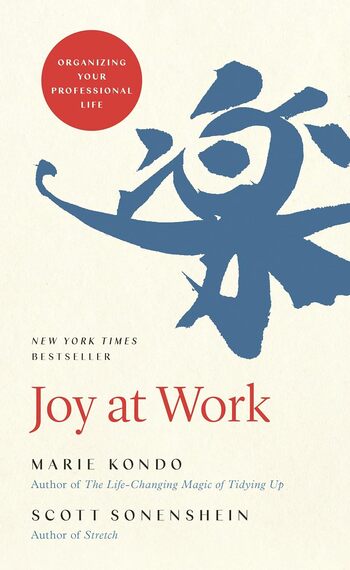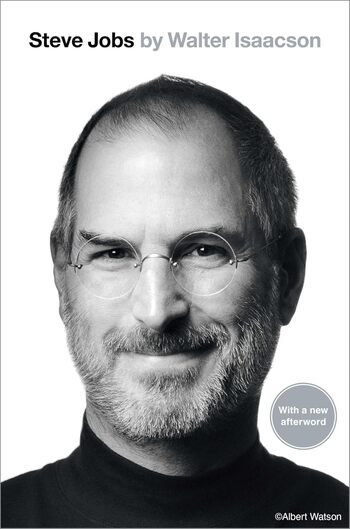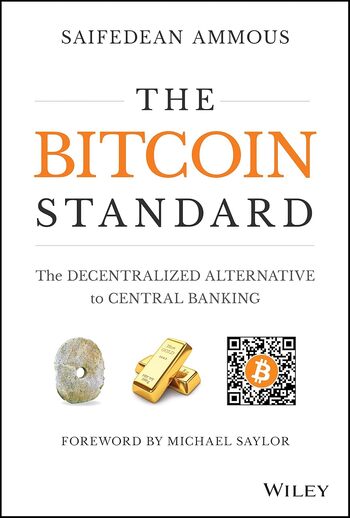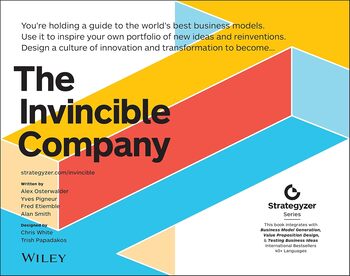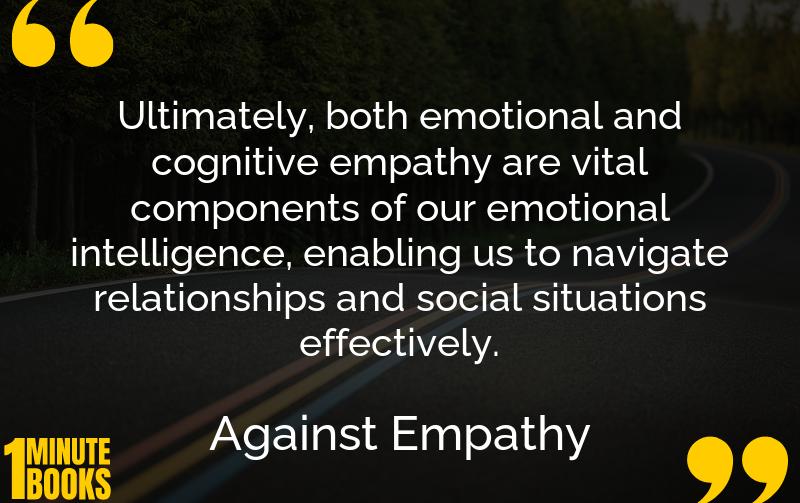
Paul Bloom’s ‘Against Empathy’ challenges traditional views on empathy, highlighting its biases and limitations. Advocating for rational compassion, the book urges a balance between emotions and logic in decision-making.
Main Lessons
- Empathy exists in two forms: emotional and cognitive, each serving different purposes but both open to manipulation.
- Bias and selectivity in empathy can lead to unintended consequences that favor minorities and harm majorities.
- Rational compassion integrated with empathy can lead to more balanced, logical, and fair decision-making.
- Personal experience influences empathy, yet fostering empathy in others helps broaden understanding.
- Scenarios revealing empathy’s selective nature demonstrate its potential dangers and the influence on decision-making.
- Neuroscience shows empathy is mirrored in the brain, but selective empathy often fails geographically and culturally.
- Kindness can stem from morality, logic, and faith, transcending empathy as a motivation.
- Empathy may promote immediate gratification, overshadowing the long-term consequences and rational thinking necessary for impactful choices.
- Empathy’s impact on decision-making can lead to irrational priorities, overshadowing the greater good.
- Examining empathy encourages a balance with rational thought, striving for justice and equality in society.

